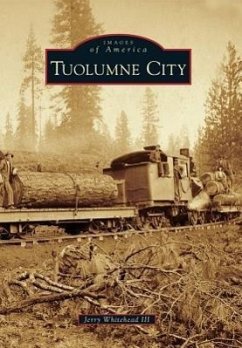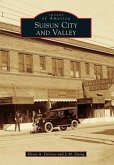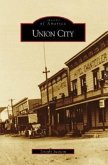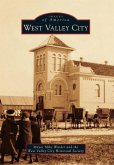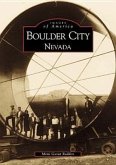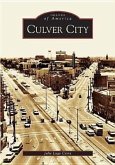Tuolumne City traces its history back to the historic Gold Rush of the mid-19th century. Founded in 1854, the town--first named Summersville, then changed to Carters in the 1880s before finally becoming Tuolumne in 1906--played host to one of the most prominent gold- and quartz-mining outposts in the region. When many of the more profitable camps along Turnback Creek and Tuolumne River began to wane, the industry of choice for Tuolumne shifted to timber, which would drive the town and shape its character for the greater part of the 20th century. The West Side Lumber Company harvested huge, lucrative stands of virgin pine, fir, and cedar, reaching deep into the forest alongside treacherous 40-degree to 60-degree curves and along a unique narrow gauge track. Tuolumne's lumber-rich past is celebrated to this day with the annual Lumber Jubilee.

